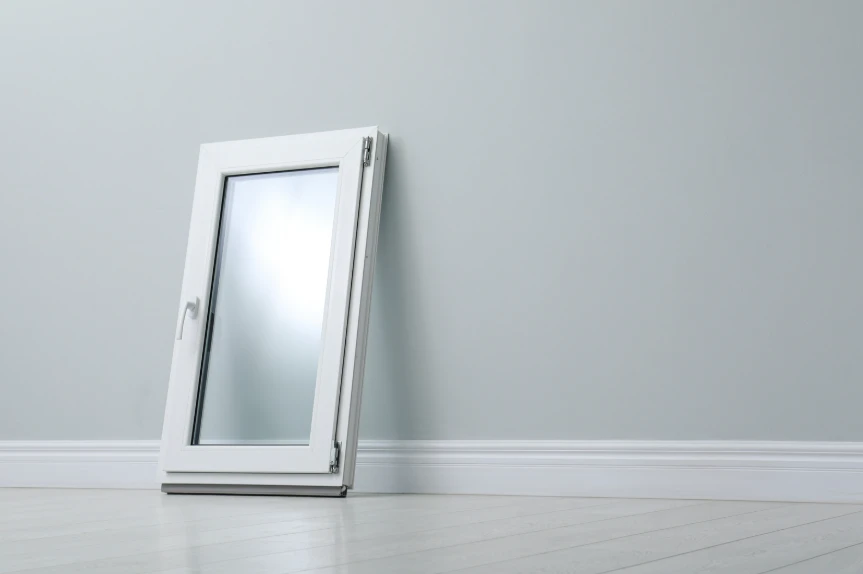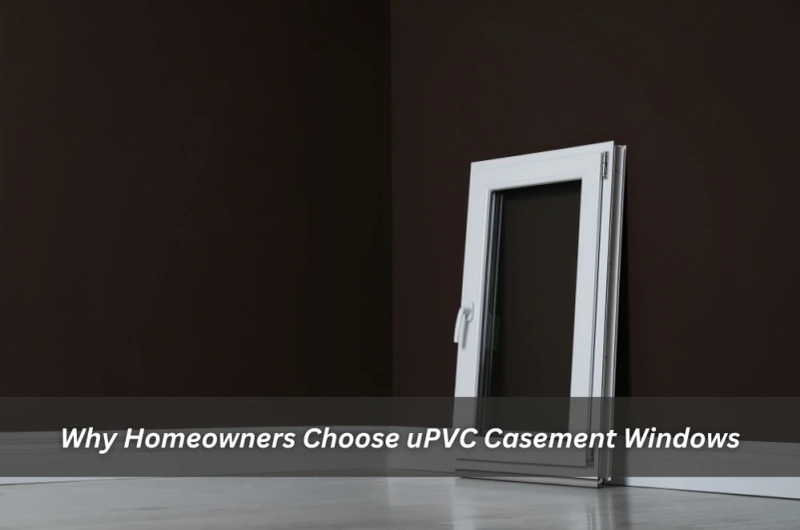When I first renovated my 1970s brick veneer, the original timber frames were warped and drafty. Replacing them wasn’t just a cosmetic choice — it was a matter of practicality. Among the many types I looked at, uPVC casement windows stood out for their blend of performance and understated style. Their side-hinged opening mechanism allowed for better airflow and easier cleaning, while the materials offered far greater insulation than my old units ever could.
What I didn’t expect was just how much difference they’d make day-to-day. They helped keep the house cooler in summer without the hum of a constantly running air-con. And let’s be honest — when you find something that works without calling attention to itself, that’s a win. It’s little wonder more Australian homeowners are gravitating toward subtle yet effective window upgrades.
Performance matters more than it looks
Casement windows have long been favoured for their ability to create a tight seal when closed. Unlike sliding types, which can leave small gaps, the compression seal on a casement window improves both thermal and acoustic insulation. That’s not just theory — the difference is clear when the neighbour starts mowing and your living room stays peaceful.
That compression seal also comes into its own during wild weather. Last summer, when a storm front rolled through with sideways rain, every closed casement held up without a drop of moisture coming in. The same couldn’t be said for our old laundry window — which we hadn’t upgraded yet — and it showed.
Here’s where these windows really shine:
- Better ventilation thanks to their full-opening design
- Improved weatherproofing due to firm compression seals
- Minimalist hardware keeps the look clean and versatile
- Easier maintenance with accessible cleaning from indoors
- Compatible with insect screens and security mesh
Beyond comfort, there’s also the matter of safety. Casement windows are often compatible with egress requirements, which means in certain room types — like bedrooms — they can provide a safe emergency exit. That was something we hadn’t considered at first, but it became an unexpected bonus.
Practical drivers behind better window choices
Upgrading your windows doesn’t always mean chasing style. Function plays a major role, especially when energy use is under the spotlight in so many homes. If your current windows are single-glazed or framed with aging aluminium, you’re likely losing a significant amount of heating and cooling right through the glass and frame.
That’s why many homeowners are investigating government window upgrade rebate programs. These initiatives help support households that are actively reducing their environmental footprint through better thermal performance. When combined with the natural insulating qualities of uPVC, rebates like these offer homeowners a practical reason to rethink their window strategy.
Some local councils also work in tandem with federal energy initiatives, providing supplementary incentives for energy-smart upgrades. While the paperwork takes a bit of effort, the result is often a noticeable improvement in internal comfort, especially when paired with proper insulation and ventilation systems.
But even without official incentives, there’s value in simply reducing reliance on artificial heating or cooling. Choosing better window systems becomes less about cosmetic change and more about living smarter, day after day.

Material selection affects more than design
When I was doing my research, I made the mistake of assuming all window frames perform the same — until a builder mate broke it down for me. Turns out, timber needs regular sealing, aluminium can transmit heat unless thermally broken, and not all composites are created equal.
That’s why weighing up your frame options matters. It's not just about cost or colour; it's about how that material performs over decades. In particular, understanding the best materials for window frames helped shift my focus from appearance to longevity and energy savings.
Here’s what helped clarify things for me:
- uPVC offers low conductivity, meaning it doesn’t let heat in or out easily
- Minimal maintenance makes it ideal for busy households
- Non-corrosive material suits coastal areas or high-humidity climates
- Durability without painting or sealing keeps the upkeep stress-free
- Resistant to warping or cracking due to temperature extremes
One underrated factor? Noise. I didn’t expect uPVC to make the house quieter, but it really did. That dense, multi-chambered frame design works together with proper seals to dampen street noise — something we appreciated more than ever once we started working from home.
What keeps these windows performing long-term
One thing I asked every supplier was: “How long are these really going to last?” Everyone had a different answer, but the real test came from lived experience and stories from others who'd had them installed for over a decade.
What stands out is the durability of modern uPVC windows. They don’t rot, swell, or rust, and they’re surprisingly resistant to UV damage — a major factor in the Aussie climate. Even in harsher regions, they hold their shape and continue to insulate efficiently.
One family friend up in Townsville replaced their sun-facing windows five years ago and has seen zero deterioration, despite the intense heat and humidity. That kind of result gave me the confidence to go all-in with our replacements.
The Medium article I came across outlined key ways uPVC holds up: structural integrity, colour retention, and seal performance. When those three factors stay consistent over time, it means fewer replacements, fewer adjustments, and peace of mind long after installation.
Final thoughts
There’s no single right answer when it comes to window upgrades. But what’s clear is that the quieter, less flashy solutions often deliver the most peace of mind. Casement windows in uPVC deliver strong thermal benefits, cleaner aesthetics, and ease of use without needing constant upkeep.
For anyone considering the move — whether for new builds or retrofits — it’s worth weighing not just style or price, but comfort, efficiency, and how your home works for you in the long run. Some of the best design decisions are the ones you barely notice day to day, because they just do their job without fuss.


